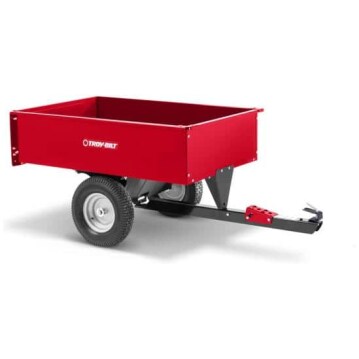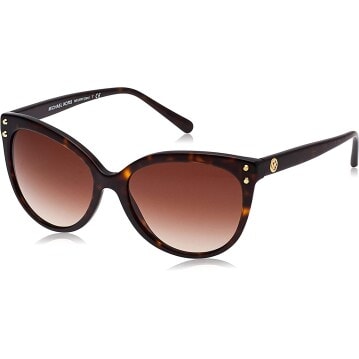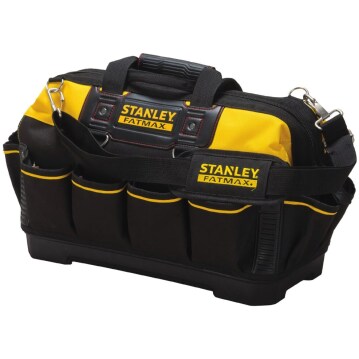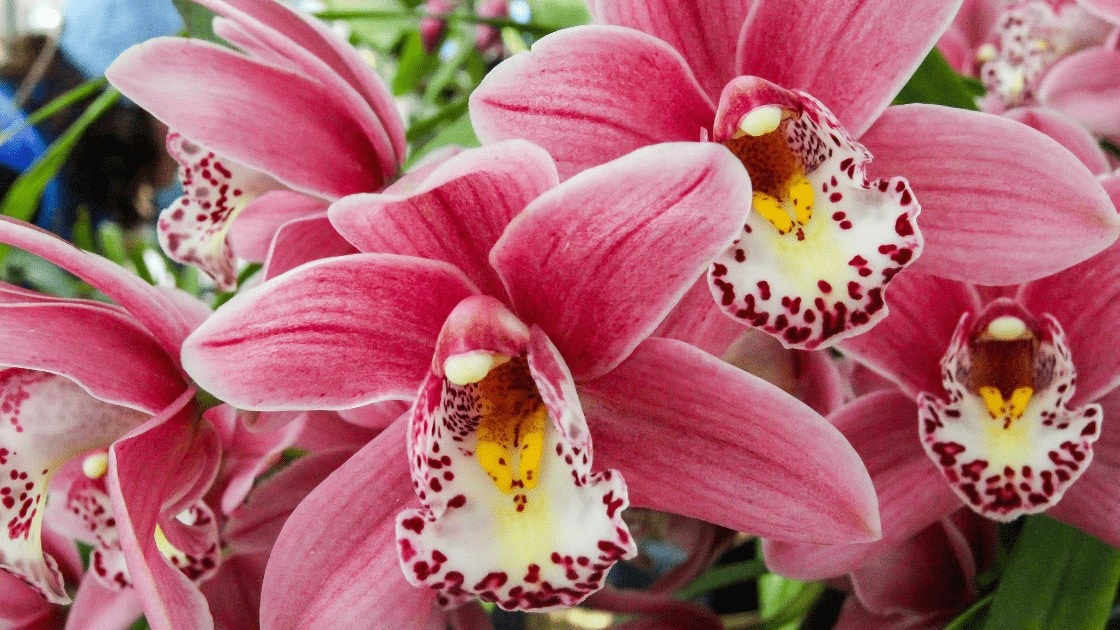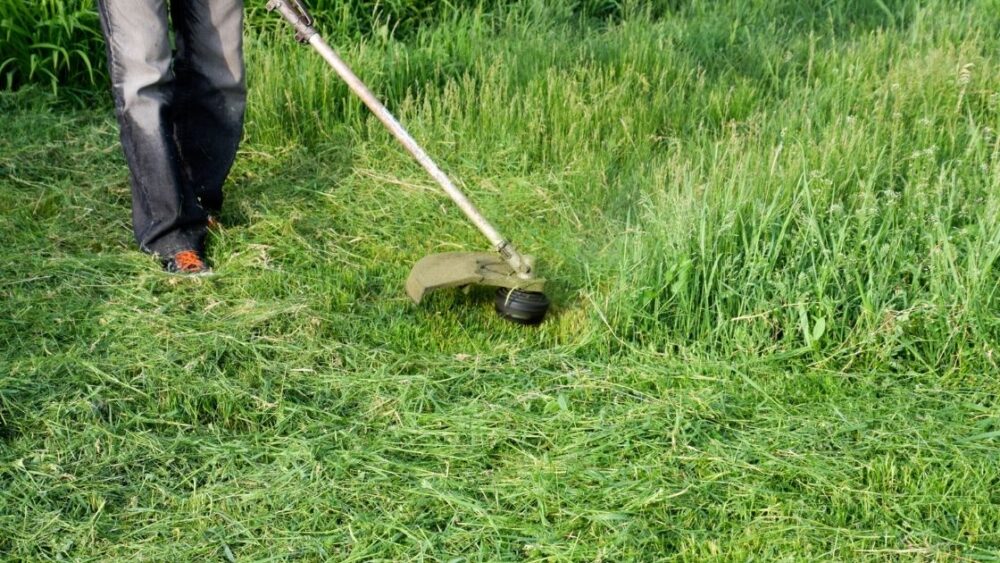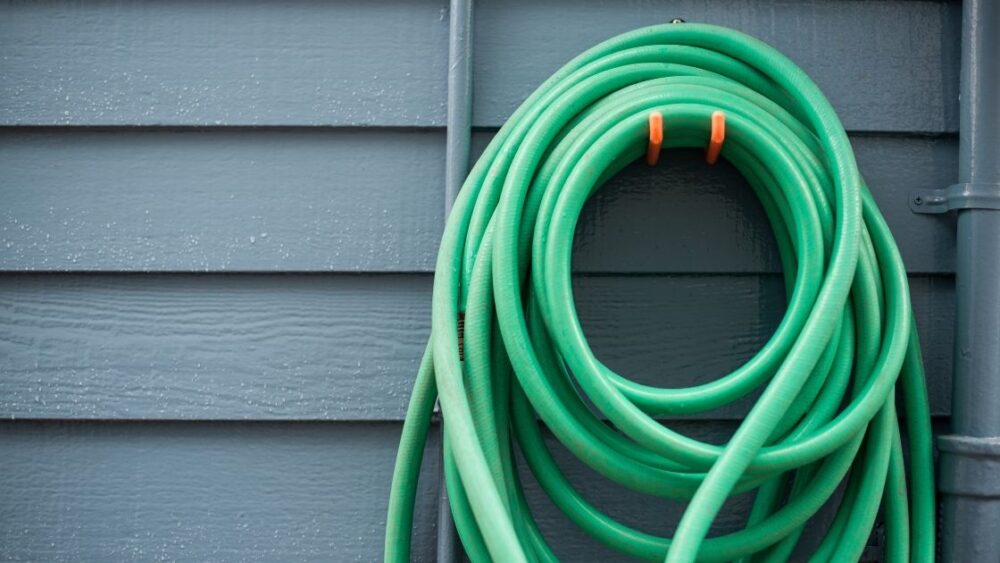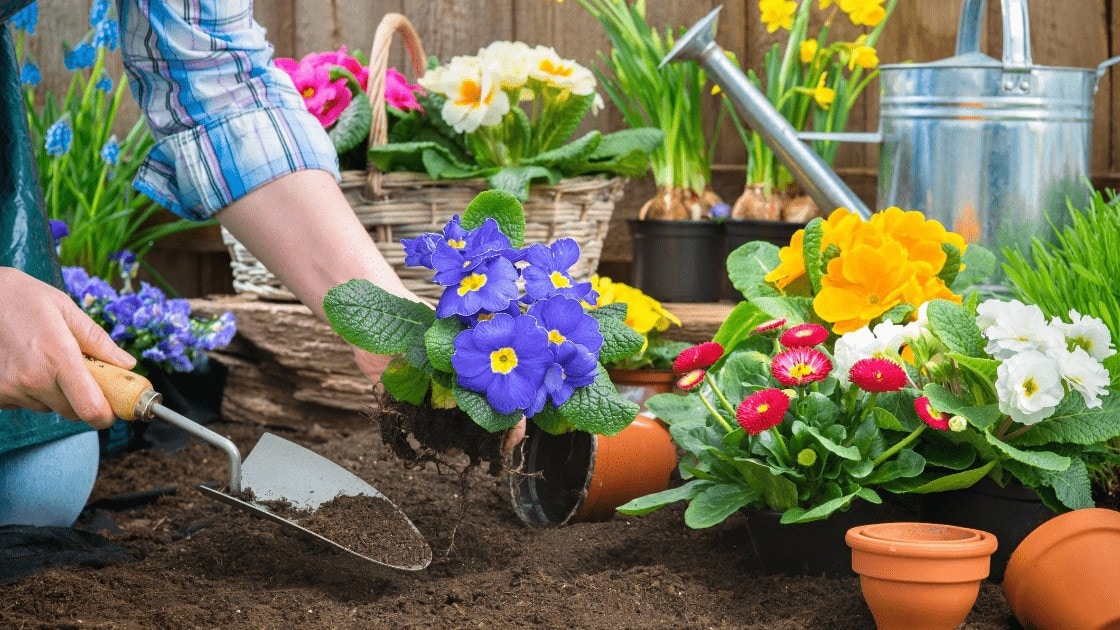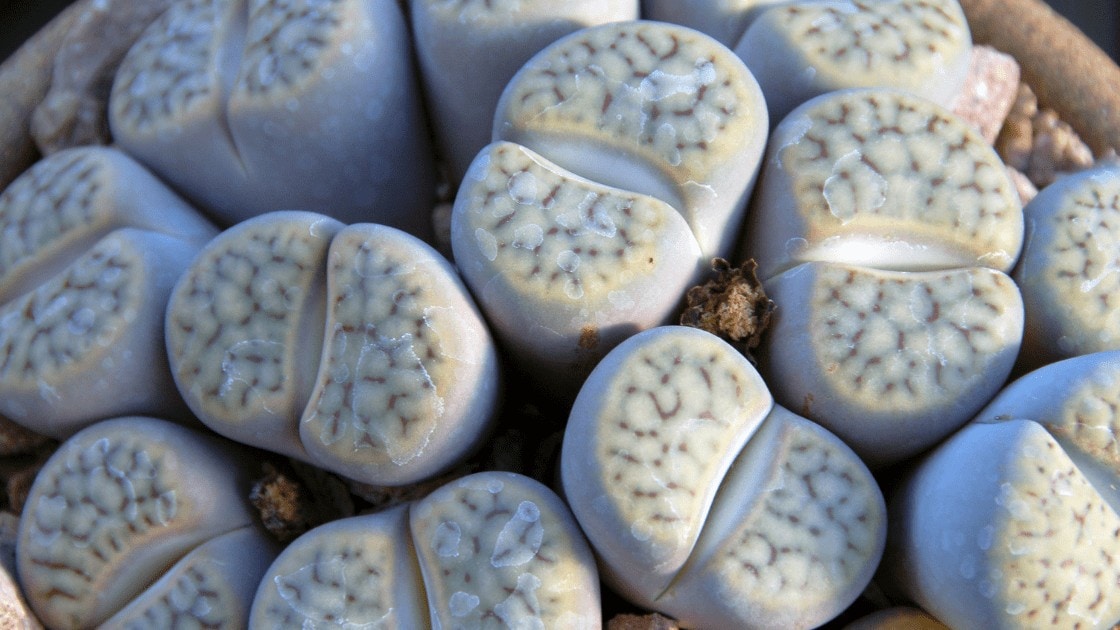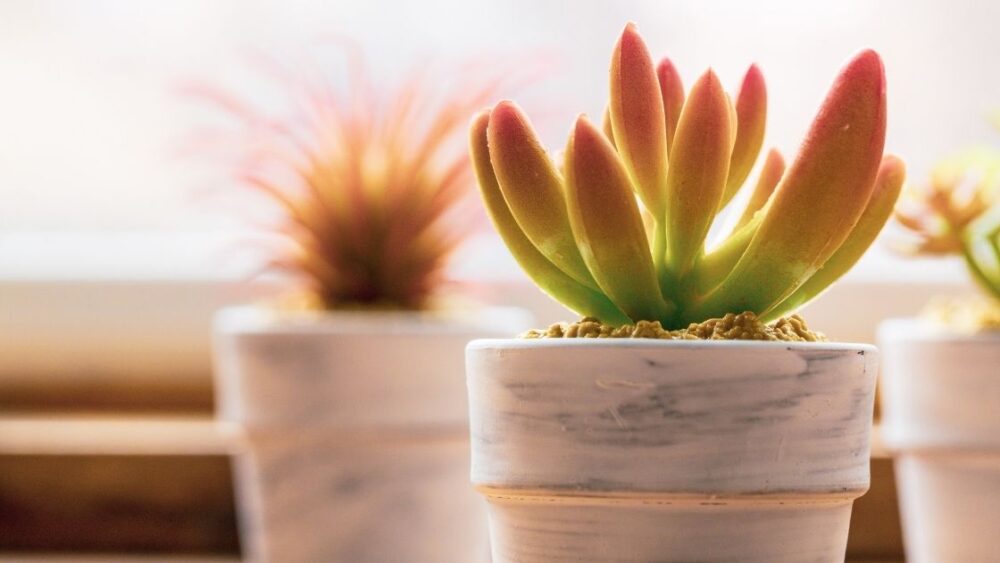
Limiting the pot size of a succulent is one of the easiest ways to keep it small. This is well illustrated by bonsai trees, which develop all the visual characteristics of a large tree, while remaining thousands of times smaller – a phenomenon, largely caused by the limited pot size the tree is planted in.
Interestingly, some succulent species can also be formed into a bonsai – Crassula and Euphorbia are great examples. In the coming paragraphs, we’ll explore the influence of pot size on succulent growth. We’ll also take a look at other factors that influence maximum succulent size and we’ll see what happens when a succulent outgrows its pot without being repotted. Let’s get into it!
Does Pot Size Limit Succulent Growth and How?
Pot size does in fact limit the growth of succulents – and this is true for other plants as well.
Browse our Affiliate Products
Many people believe that this is caused by the roots becoming ‘bound’ and sensing the obstacle of the pot. In reality, roots aren’t that intelligent – instead the plant remains small simply because of the limited nutrients and water availability of the small soil volume. Another, less significant factor that influences the maximum growth size is the limited air/oxygen supply to the roots.
Other Factors That Limit Succulent Growth
Nutrients, light and water are the main factors that influence the growth of succulents:
- By watering as little as possible, growth can be greatly reduced. This strategy only works for succulents, which tend to only shrivel up a bit when dehydrated – as opposed to wilting and dying in a matter of days like other plants. Some succulents can be watered as little as a few times a year.
- Not fertilizing at all will limit the growth of succulents, but this depends on the nutrient balance – if only one nutrients gets depleted first (like nitrogen or potassium), specific deficiency symptoms may occur while growth continues.
- Low light conditions will prevent growth completely. In non-succulent plants, the problem with this strategy is that the plant responds with shade-avoidance – its stem quickly starts elongating and it develops undesirable characteristics. If your keeping your succulents in a terrarium, check out this article on lighting, How to Properly Light a Terrarium: Artificial vs. Natural Lighting
This shade-avoidance strategy is not well developed in most succulents (or is completely absent), so by limiting the amount of light they will simply grow more slowly or not grow at all.
There are a few problems with low-light conditions however:
1) Without direct sunlight, the resistance of the succulent to pests may decrease.
2) Color loss may occur and the plant may lose its bright red colors. Green succulents may become pale.
3) Too little light will eventually kill the plant by completely starving it of energy. For most succulents, light levels below 4,000 lux are not survivable long-term.
- Limiting CO2 absorption at night is another way to slow down the growth of succulents. Succulents rely on CAM photosynthesis – they absorb carbon dioxide at night and use the stored CO2 during the day.
If you cover the succulent with a dome at night, it will not be able to absorb enough CO2 in order to manufacture sufficient sugars for growth. Complete lack of air flow can also have a similar effect – in outdoor environments, air continuously circulates around the leaves of the succulent and hundreds of cubic meters of air eventually make contact with the photosynthetic surface.
In closed indoor spaces, the air circulation is far slower, naturally limiting the growth rate.
Can Frequent Watering and Fertilization Compensate for Small Pot Size? Achieving Fast Succulent Growth In Small Pots.
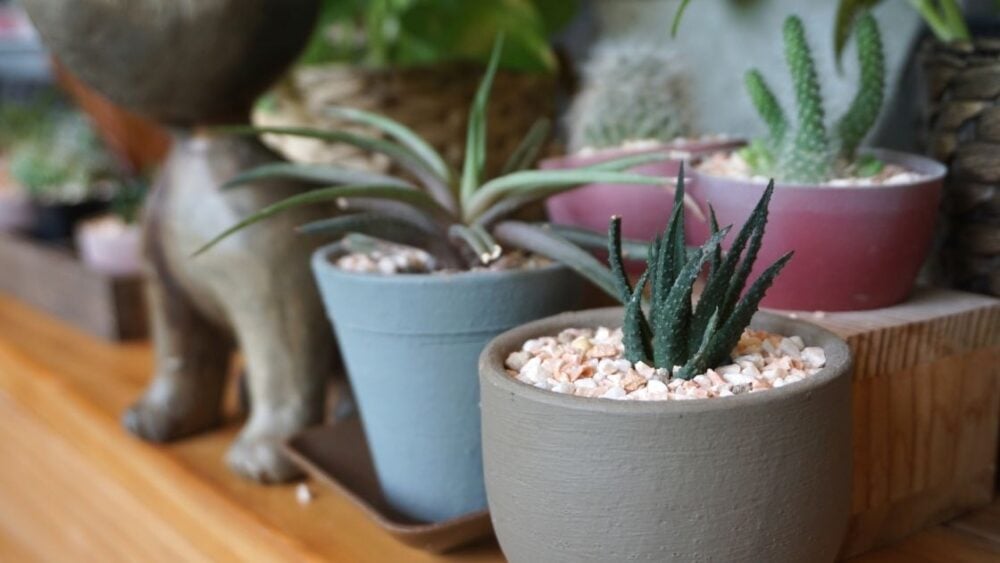
If succulent size is limited by the water and nutrient availability of the small volume of soil, can you compensate by fertilizing and watering more often?
Yes you can, to a large degree. If you follow the well-known succulent watering rule – watering only after the top layer of the soil dries up (which will happen much faster in smaller pots) and constantly apply nutrients, you’ll be able to achieve much larger and faster growth compared to what the pot size would normally allow. However, this is true only if the following conditions are met:
- The growth of the plant is not limited primarily by other factors, like lack of light.
- The drought period between each watering is still kept to prevent root rot.
- Occasional excessive watering with pure water is performed, to flush the built-up nutrients in the soil.
- A complete fertilizer is used – it should contain all six micro nutrients (Fe, B, Cu, Zn, Mo, Mn). Using just a cheap NPK fertilizer will eventually lead to deficiencies of the elements that the fertilizer lacks.
Can All Succulents Grow In Small Pots?
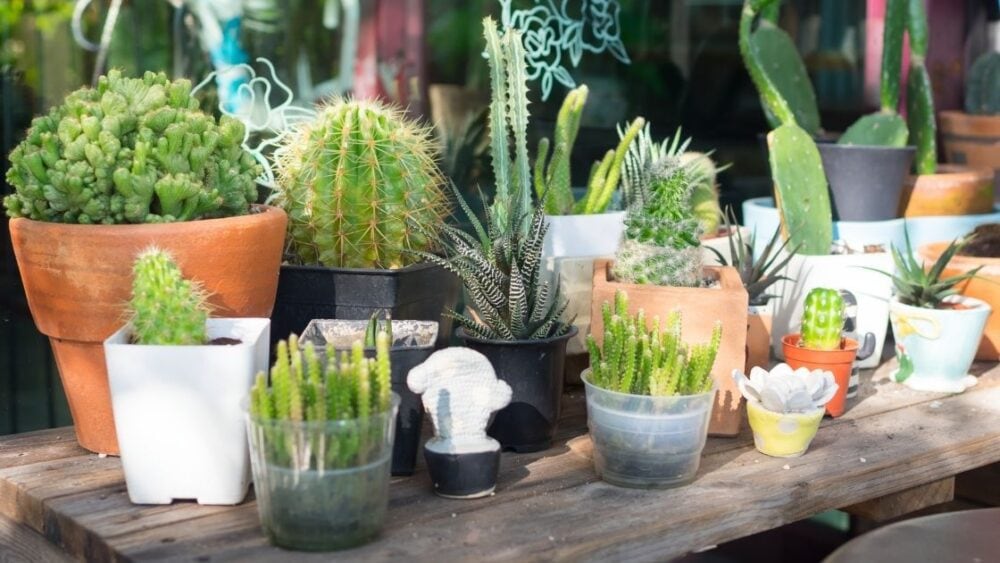
Even succulents that have the potential to grow huge can be successfully grown in tiny pots. In fact, most succulents sold in stores are usually at least 10 times smaller than what they typically grow to in nature. This is true for the common barrel cacti, Opuntia, Euphorbia, Echinopsis and many others.
Also check out our article on small succulents by clicking here. Mini Succulents: The Big World of small plants.
Do Succulents Outgrow Their Pots and How Fast?
Succulents are slow-growing and it may take years before pot size becomes the limiting factor of growth. Once this happens, repotting is recommended to sustain the growth. Without repotting, the succulent will usually remain small, but will not die, provided that the root system is healthy and not affected by rot.
Is Keeping Succulents In The Same Pot For Too Long Risky?
Without repotting, the risk of root rot and diseases may increase over time. This is especially true if the temperature of the soil is kept high (which is inevitable for small pots placed in direct sunlight) and watering is too frequent. A very well-draining soil with a high inorganic mineral content can greatly reduce (or even eliminate) those risks.
When Should You Repot a Succulent Growing In A Small Pot?
A popular rule is to use a pot 10% larger that the size of the actual succulent. This however, is extremely inaccurate, especially for leafy succulents like aloe, for which the actual aerial size is highly subjective. A better rule is to repot every two years. You can also choose not to repot and instead provide additional nutrients to the soil by using a fertilizer. For more information on pots, check out this article. What is the perfect pot for my plants?
Succulent Species Suitable For Very Small Pots
Living stones are the succulent that needs the smallest pots – a single living stone can grow in a pot less than 2 inches in diameter. Haworthia is another great option and so are all other rosette-forming succulents that don’t branch into large plants. Here is a quick list of succulents suitable for small pots: Also highlighted succulents are our other articles.
- Lithops (Small body)
- Haworthia (Single rosette)
- Echeveria (Single rosette)
- Sempervivum (Rosette forming, but it spreads, making it also suitable for large pots)
- Pachyphytum (Branched growth, but compact, easily propagated from leaves)
- Graptoveria (An Echeveria cross with similar characteristics)
- Graptopetalum (Can be kept compact, easily propagated from leaf cutting)
In practice, even large succulents like Aloe and Opuntia can be successfully grown in very tiny pots.
Conclusion
Pot size is one of the main factors that determine maximum succulent size. Frequent fertilization and watering can compensate for a small pot, but at a higher risk of root issues.
Even very large succulents that reach tree-like sizes in nature can be kept small when confined in a tiny pot. Succulents, which are naturally small and develop into a single, small rosette are particularly suitable for very small pots.


